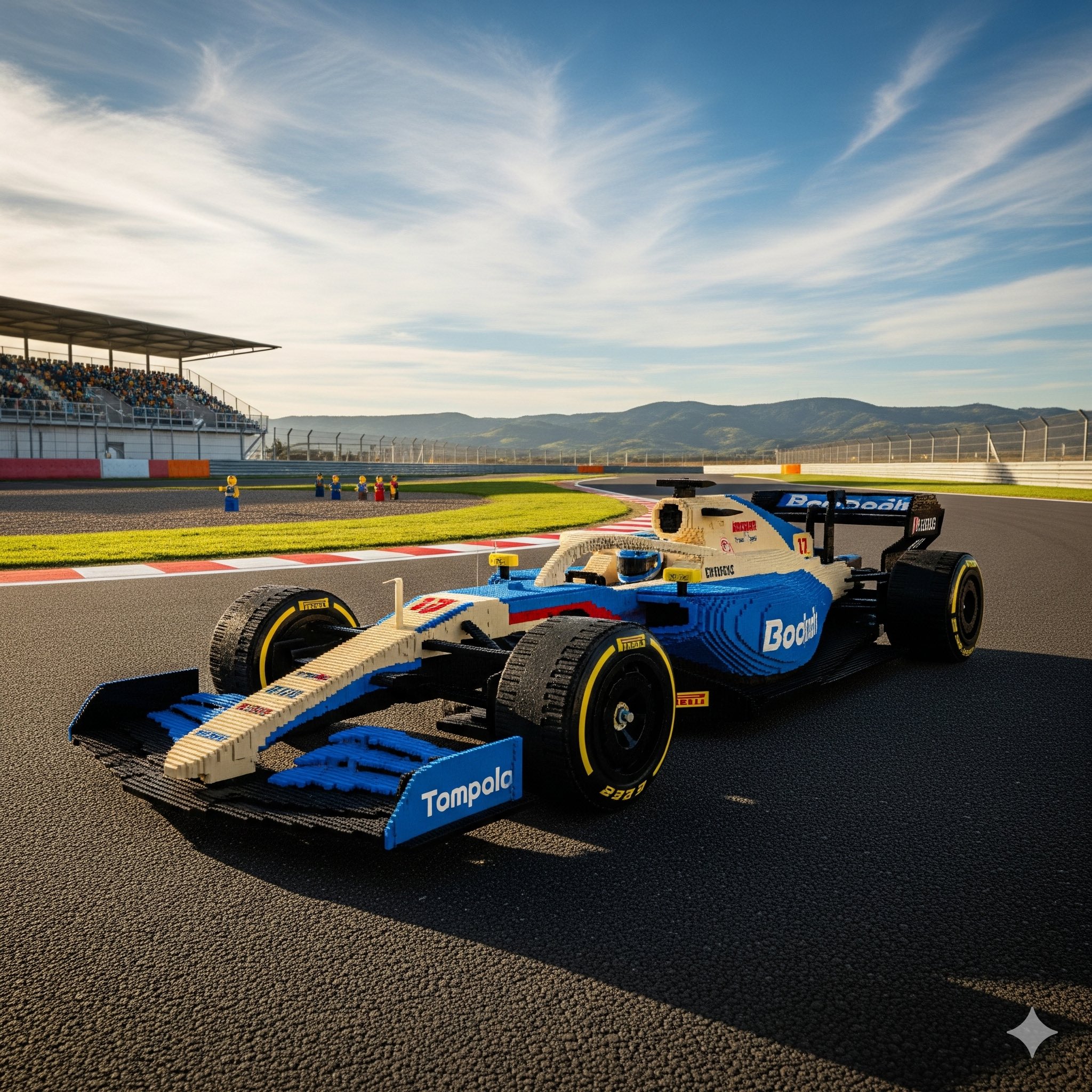
By: LEGO Group and Formula 1
LEGO bricks are widely perceived as toys, yet they constitute a versatile medium for inquiry that links creative design with core principles in science, technology, engineering, and mathematics. Here we propose a practice-oriented framework that positions LEGO building as experimental modelling: learners formulate a question, construct a material representation, measure behaviour, and iterate. The approach emphasises low entry cost, rapid prototyping and transparent mechanisms, enabling students to observe causal structure—how geometry alters drag, how mass distribution affects stability, and how friction mediates traction—without obscuring details behind black-box tooling. Within this frame, creativity is not ancillary but instrumental: imaginative designs expand the hypothesis space while remaining testable against empirical constraints.
We operationalise this framework as a design–test loop aligned with the scientific method. Students begin with a performance target (for example, maximise straight-line speed over a fixed distance) and derive candidate design variables (frontal area, wheelbase, tyre compound, gearing). Builds are evaluated with classroom-scale instrumentation—timing gates or smartphone video for kinematics, roll-down ramps for frictional losses, and balance tests for centre-of-mass placement. Data are logged, visualised, and interpreted to produce design revisions, making statistical reasoning and error analysis integral to the activity. Narrative reasoning is also cultivated: teams articulate a rationale for each iteration, creating a traceable argument from evidence to design choice.
A Formula 1-themed activation illustrates authenticity and transfer. The racing context supplies rich, comprehensible constraints—aerodynamics, mechanical efficiency, thermal and structural limits—while remaining accessible in LEGO form. Learners prototype chassis modules, nose geometries, and wheel assemblies, compare configurations under identical test protocols, and confront real trade-offs (for example, added downforce that improves cornering but increases drag). Public demonstrations of drivable, life-scale 1:1 LEGO vehicles further anchor classroom activity in a recognised engineering narrative, motivating careful measurement rather than purely ornamental building.
Preliminary classroom deployments indicate that the framework maps naturally onto measurable learning outcomes. Concept inventories and performance rubrics capture gains in modelling competency (identifying variables, controlling confounds), in quantitative practice (estimating coefficients of friction from roll-down data; relating projected frontal area to time-of-flight), and in engineering judgement (selecting designs that satisfy multi-objective criteria). Because the materials are modular and reconfigurable, teachers can scaffold complexity over time, from push-cars on ramps to motorised builds with gearing and data logging, without requiring specialised laboratories.
This work positions LEGO as a transparent, scalable substrate for scientific thinking in which creativity and rigour are mutually reinforcing. By implementing design in repeatable measurement and explicit trade-offs, the approach preserves the joy of invention while directing it towards disciplinary understanding. However, there is a limitations, which include the need for structured prompts to avoid unfocused tinkering and the challenge of assessing collaborative reasoning at scale. Future studies should examine longitudinal effects, equity of access, and the integration of programmable sensors to extend the modelling envelope. Nevertheless, the evidence and procedures outlined here indicate that LEGO-mediated modelling can reliably advance STEM/STEAM outcomes while keeping learners’ imagination at the centre of the enterprise.